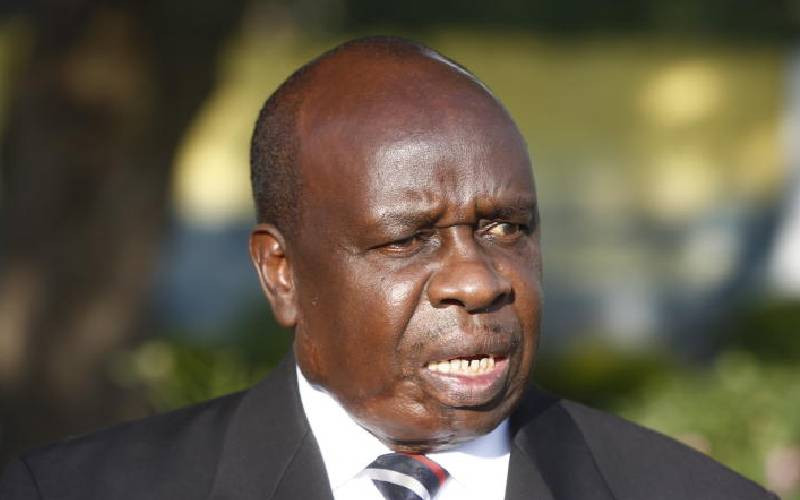The government has launched a Sh2 billion health insurance scheme for some 800,000 poor Kenyans. Under this Health Insurance Subsidy Programme, insurers will underwrite some of the medical costs of outpatient and inpatient services in public and private hospitals. The scheme, if well executed, will provide some relief to millions of poor Kenyans who can hardly afford to pay their medical bills, mainly due to the high cost of treatment. The scheme, backed by the Ministry of Health, the World Bank Group’s Kenya Health Sector Support Project and the German Development Corporation, will be viewed as a life saver by patients, the vast majority who are too poor to pay for the cost of treatment.
Far too many families are suffering under the burden of medical bills. The cost of treatment for cancer, diabetes, HIV, pneumonia, TB and malaria has dealt a heavy blow to millions of households. No doubt the Government has its work cut out in its bid to make healthcare affordable to all Kenyans.
There have been several previous attempts to introduce universal health insurance schemes, but often vested interests have stood in the way. For instance, under the Grand Coalition Government, legislators shot down a similar initiative, claiming money raised from premiums would not be efficiently disbursed until the National Hospital Insurance Fund (NHIF) develops a capacity to absorb these amounts.
This will continue to be a contentious issue. The Ministry of Health and the NHIF will have to demonstrate that these funds are directed at the right recipients, not ghost patients and impersonators who abuse such facilities.
Meanwhile, the persistent strikes by medical professionals in several counties have exposed the systemic weaknesses in the health sector. While some of the problems are administrative, the most fundamental ones are structural. From the wildcat strikes in Nairobi, Kakamega, Machakos and Nyeri in recent weeks, we can conclusively state that stakeholder discussions must begin to narrow down on some structural weaknesses the transfer of the management health services to counties has exposed, and what aspects of implementation need to be reviewed. Nurses and doctors have genuine grievances; from unpaid salaries, delayed promotions and unhealthy working conditions. It is quite clear that attempts by county heads to bully workers to return to work will not work. County administrators and health professionals must have more meaningful engagements for some of the issues to be resolved. At some point, it may become critical to discuss whether transferring the management of health services to counties was practical and if the law can be amended so that the cascading of this function is phased
 The Standard Group Plc is a
multi-media organization with investments in media platforms spanning newspaper
print operations, television, radio broadcasting, digital and online services. The
Standard Group is recognized as a leading multi-media house in Kenya with a key
influence in matters of national and international interest.
The Standard Group Plc is a
multi-media organization with investments in media platforms spanning newspaper
print operations, television, radio broadcasting, digital and online services. The
Standard Group is recognized as a leading multi-media house in Kenya with a key
influence in matters of national and international interest.
 The Standard Group Plc is a
multi-media organization with investments in media platforms spanning newspaper
print operations, television, radio broadcasting, digital and online services. The
Standard Group is recognized as a leading multi-media house in Kenya with a key
influence in matters of national and international interest.
The Standard Group Plc is a
multi-media organization with investments in media platforms spanning newspaper
print operations, television, radio broadcasting, digital and online services. The
Standard Group is recognized as a leading multi-media house in Kenya with a key
influence in matters of national and international interest.









